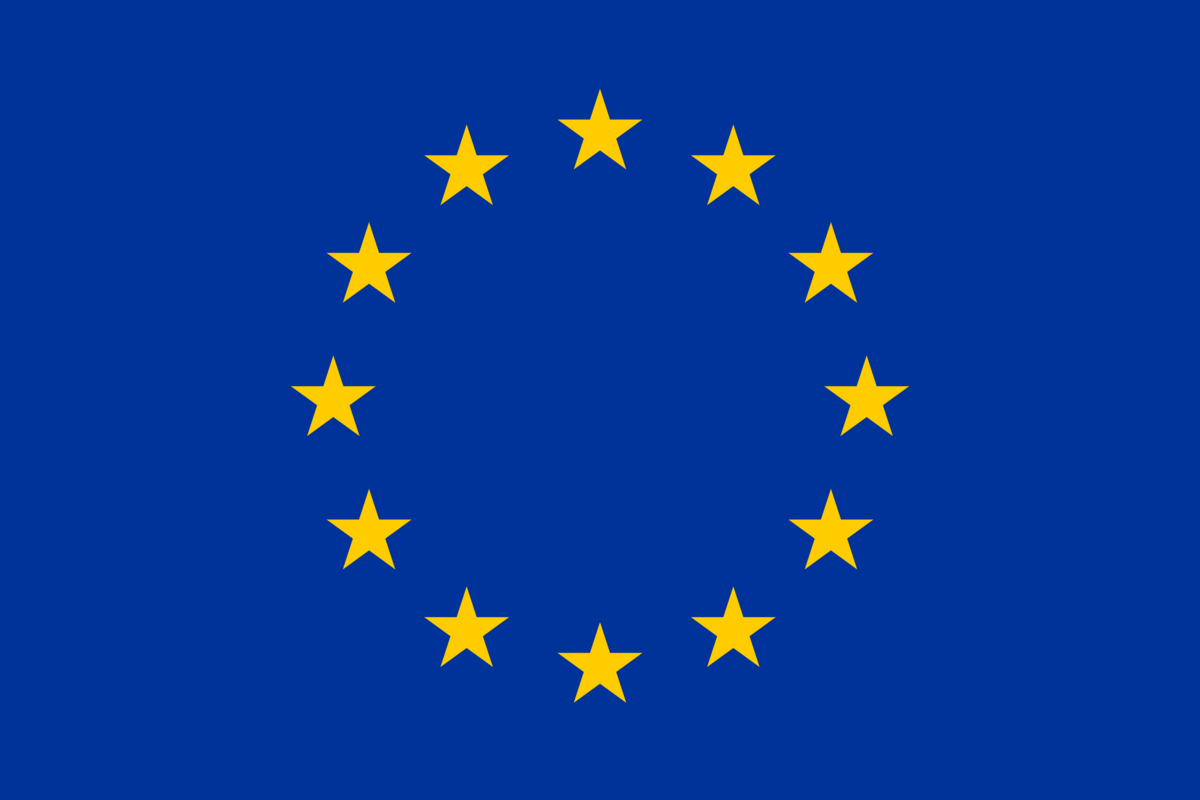Overall approach
To achieve the Paris Agreement goal of limiting the increase in global average temperature to well below 2 °C above pre-industrial levels, it is necessary to significantly reduce greenhouse gas emissions and gradually reach carbon neutrality in all industrial sectors. Iron and steelmaking industries alone account for around 5 % of CO2 emissions in the EU and 7 % globally, primarily due to the use of fossil fuels such as coal and coke. Although steel is 100% recyclable, relying solely on recycling for new steel production cannot fully meet the increasing global demand for steel. Additionally, the accumulation of detrimental tramp elements in steel scrap, such as copper, presents a challenge to quality steel production.
This necessitates the need for both ore-based and scrap-based steel production processes, respectively involving the extraction of iron from natural ores and melting steel scraps. This requires developing and implementing disruptive metallurgical processes for steelmaking, especially ore-based steelmaking. Thus, novel sustainable approaches must be exploited and rapidly implemented already in the coming decades.
The main objective of H2PlasmaRed is to develop a green CO2-free steelmaking route based on H2-plasma technology while promoting a circular economy by valorizing industrial sidestreams to meet the targets of the European Green Deal for reducing CO2 emissions in the steel industry across Europe. Our ambition is to introduce a near CO2 free reduction process to strive for the goal of Paris Agreement – a 90 % reduction in the carbon intensity the steel production by 2050.
Objectives
To achieve this, H2PlasmaRed will:
- Explore the fundamentals of the hydrogen plasma smelting reduction (HPSR) process
- Develop HPSR from TRL5 to TRL7 by demonstrating the HPSR in a pilot-HPSR reactor (hundred kilogram-scale) and a pilot-scale DC electric arc furnace (5-ton scale) by retrofitting the existing furnace.
- Develop innovative solutions for process control and modelling, along with state-of-the-art technologies
- for retrofitting existing industrial furnaces and significantly increasing industrial viability.
- Establish a framework for upscaling and uptake of the processes by integrating life cycle and safety
- assessment, economic evaluation, and exploitation strategy in the technology development.
- Emphasize energy and resource efficiency, H2-safety, and fundamental understanding of HPSR, enabling long-lasting impact and deployment of the technology in Europe in the coming decades.
The project consists of interdisciplinary partners from the steel and mining industry, academia and research institutes, technology providers and developers, small-medium enterprises, and steel experts from six countries.
PROJECT TIMELINE:
1 January 2024 – 31 December 2028
FUNDING SCHEME:
This project is funded by the EU programme for research and innovation Horizon Europe (Grant Agreement Nummer 101138228).
PROJECT CONSORTIUM:
Starting with the project coordinator, the consortium is composed as follows:
- Oulun Yliopisto
- Aperam Stainless France Sasu
- Estep Plateforme Technologique Europeenne De L’Acier
- Katholieke Universiteit Leuven
- K1-MET GmbH
- Luossavaara-Kiirunavaara AB
- Luxmet OY
- Max Planck Institut für Eisenforschung GmbH
- Metso Outotec Metals OY
- Montanuniversität Leoben
- Rheinisch-Westfälische Technische Hochschule Aachen
- Swerim AB
- voestalpine Stahl GmbH
- voestalpine Stahl Donawitz GmbH

 DE
DE EN
EN
